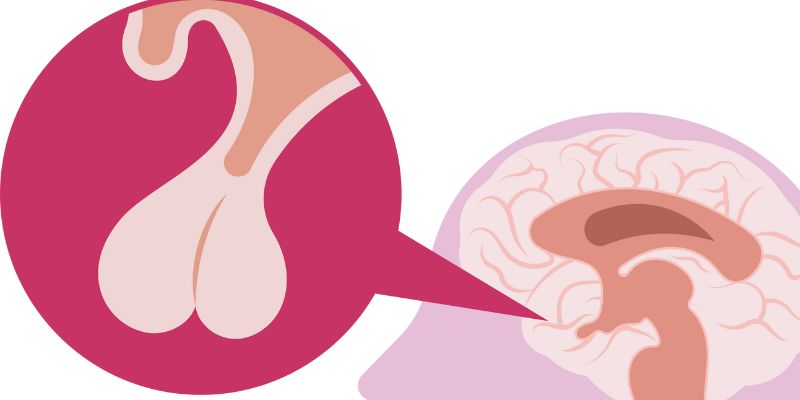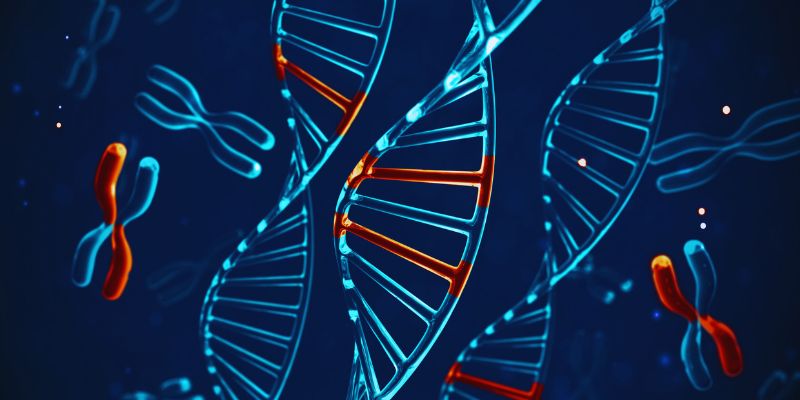Understanding Acromegaly: Common Causes and Risk Factors You Should Know
The rare hormonal disorder known as acromegaly stems from the body's excessive production of growth hormones. Usually affecting adults, this illness advances gradually over time. Along with major health issues, it can cause obvious changes in physical appearance. Many people might not know they have acromegaly until their symptoms are worse.
A pituitary gland tumor raising growth hormone levels usually causes acromegaly. Other elements could also be relevant, including some medical disorders and hereditary illnesses. Knowing the risk factors and causes benefits early diagnosis and therapy. If untreated, acromegaly could cause joint difficulties, diabetes, and heart disease. The early recognition of symptoms and appropriate treatment help to enhance quality of life. This article will cover the usual causes, risk factors, and possible complications of acromegaly.
What is Acromegaly?
The rare hormonal disorder known as acromegaly occurs when the body produces too high growth hormone (GH). Usually developing in adults, this disorder usually strikes between the ages of thirty and fifty. It usually stems from a noncancerous tumor in the pituitary gland, which regulates hormone synthesis. Gradual physical changes, including larger hands, feet, and facial characteristics, follow from the excess growth hormone. Other symptoms might be a deeper voice, thicker skin, tiredness, and joint pain.
Acromegaly advances slowly; hence, it can take years before symptoms become obvious. Untreated acromegaly can lead to major medical concerns, including heart disease, diabetes, high blood pressure, and eyesight difficulties. If previous therapies prove ineffective, radiation therapy is one of the available treatments; surgery to remove the tumor and medications to reduce hormone levels are additional ones. Prevention of major consequences depends on early diagnosis. Anyone with atypical development changes should see a doctor for a correct assessment and treatment recommendation.
What Causes Acromegaly?
Below are the main causes of acromegaly:
- Pituitary Tumors: The most common noncancerous growth in the pituitary gland causes acromegaly. We term this kind of tumor a pituitary adenoma. The tumor causes too high growth hormone (GH) levels, influencing the body's organs, tissues, and bones. With time, this causes the physical changes observed in acromegaly. Variations in pituitary adenoma size abound. Macroadenomas, larger tumors, can impinge on surrounding brain tissues and produce headaches or vision impairments. Though they may not cause symptoms early on, smaller tumors called microadenomas nonetheless generate too much growth hormone.
- Other Causes: Rarely, malignancies outside the pituitary gland can produce acromegaly. These tumors can generate growth hormone-releasing hormone (GHRH) found in organs, including the lungs or the pancreas. Acromegaly results from this hormone, driving the pituitary gland to produce more growth hormones. Another rare reason is ectopic growth hormone secretion—where tumors directly generate GH. Some lung or pancreatic tumors involve this.

Risk Factors for Acromegaly
Below are the key risk factors for acromegaly, which include genetics, medical conditions, and hormonal imbalances that increase susceptibility.
- Age and Gender: Usually, acromegaly strikes people between the ages of thirty and fifty. However, it can also happen to younger people. Though symptoms may show differently, both men and women can acquire acromegaly. Men may have joint pain; women may detect changes in their facial features.
- Medical Conditions: Acromegaly can develop due to the impact of some medical disorders. Disorders causing aberrant hormone production or tumor development raise the risk. Additionally relevant could be chronic diseases such as metabolic abnormalities or insulin resistance.
- Family History and Genetics: Though some genetic disorders raise the risk, most occurrences of acromegaly are not inherited. One such is Multiple Endocrine Neoplasia Type 1 (Men1). Tumors in glands, especially the pituitary, this condition produce too high hormone production. Carney complex, which raises pituitary tumor risk, is another genetic disorder associated with acromegaly. Though rare, some people with acromegaly have these genetic causes.

Health Complications of Acromegaly
Acromegaly can seriously compromise a person's health if untreated. Many organs are affected by the extra growth hormone, which raises the likelihood.
- Heart Problems: Acromegaly raises a person's risk of irregular heart rhythms, heart disease, and high blood pressure. If untreated, the enlarged heart may cause heart failure. Controlling hormones can help to lower these risks.
- Diabetes and Metabolic Issues: Excess growth hormone influences insulin, so raising the type 2 diabetes risk. Many with acromegaly develop insulin resistance and excessive blood sugar levels. Correct treatment controls these metabolic problems.
- Joint and Bone Disorders: Joint pain, arthritis, and spinal issues all follow from acromegaly. The too-rapid development of cartilage and bone might cause limited mobility and discomfort. Manage symptoms with physical therapy.
- Vision and Nerve Problems: Big pituitary tumors can squeeze optic nerves, leading to visual loss. Others might have peripheral vision issues. Surgery can correct vision and release pressure.
Diagnosis and Treatment of Acromegaly
An acromegaly diagnosis usually involves blood tests to gauge growth hormone (GH) levels and insulin-like growth factor-1 (IGF-1), which reflects GH generation. Doctors also use imaging studies, including MRI scans, to find pituitary tumors possibly generating excess hormone generation. Early detection is crucial since acromegaly can aggravate with time. Acromegaly treatment Usually begins with surgery to remove the pituitary tumor.
For many patients, this operation—known as transsphenoidal surgery—is the best choice. Medications such as somatostatin analogs or growth hormone receptor antagonists are advised to regulate hormone output should surgery prove insufficient if the tumor is incurable. Sometimes, the tumor shrinks, and hormone levels are lowered by radiation treatment. Stable hormone levels must be maintained, and any tumor recurrence must be sought by regular monitoring. Most people can control acromegaly and avoid major problems with correct therapy.
Conclusion:
Often resulting from a pituitary tumor, acromegaly is a dangerous disorder caused by too high growth hormone levels. Along with major physical changes and health problems, including heart disease, diabetes, and joint problems, it can cause Management of the condition and prevention of serious consequences depend on early identification and treatment. Common treatments are surgery, medications, and even radiation. Those with acromegaly can control their illness and keep a decent quality of life with correct treatment. Reducing risk and enhancing patient outcomes depend mostly on regular monitoring and quick interventions.











